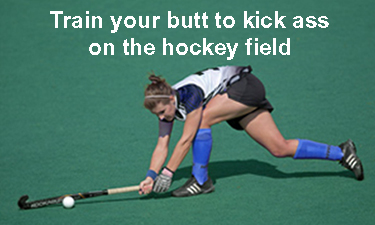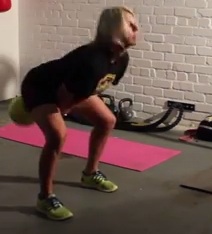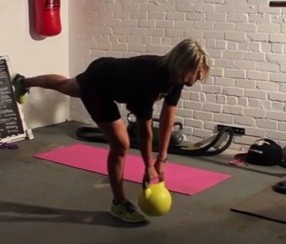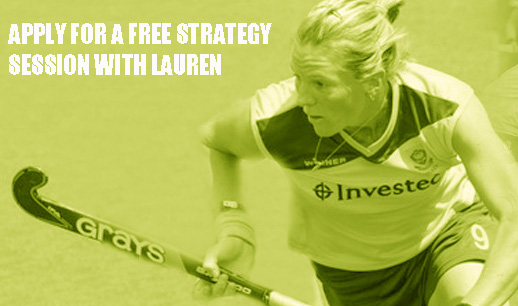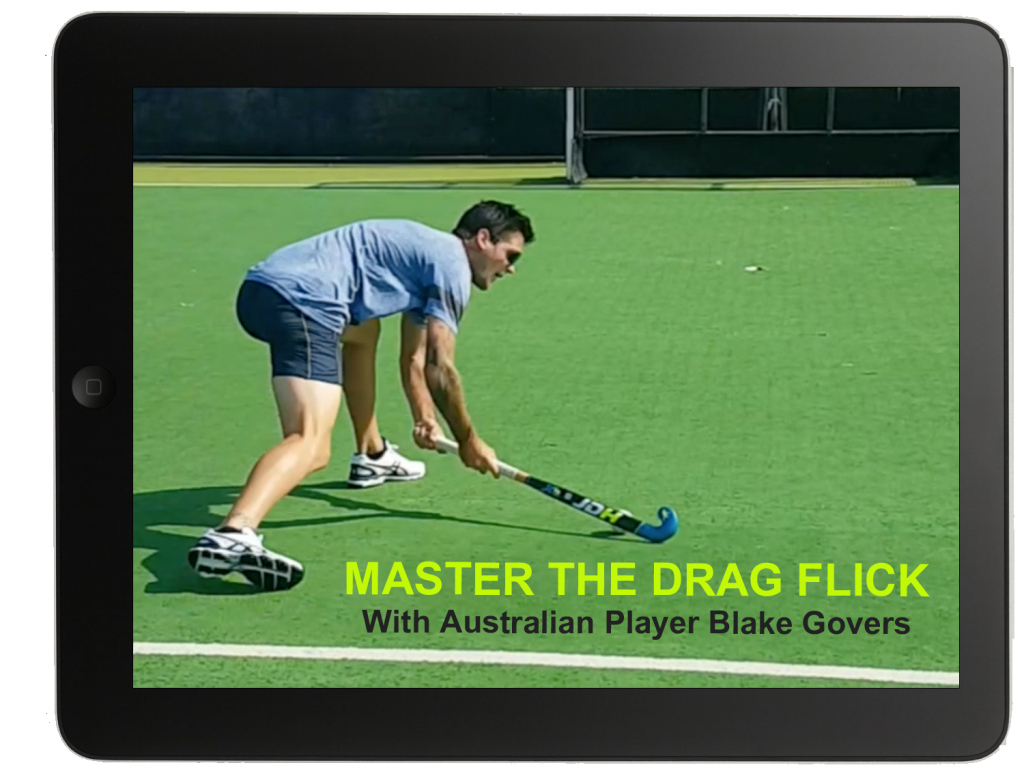Are you doing any form of strength or resistance training that is going to help your hockey? Anyone over the age of 12 years, especially adolescents should be doing some form of resistance training (whether they play sport or not) and there are many benefits to doing this which I have already written about here. Contrary to popular belief, studies reveal resistance training is safe for young hockey players as long as you follow the correct guidelines and get advice from a professional who understands the demand of the sport.
Maybe you are doing resistance training, but perhaps you are doing more generic workouts that you found online or got from a friend? Often many factors are not considered in these kind of programs and most importantly the exercises have no carry over to helping your hockey performance.
Program design is very specific to sport… and is a whole different blog topic all together but it is important to understand that just because someone is a qualified personal trainer or fitness professional, it doesn’t mean they know how to design a program specific to you. Most fitness trainers don’t understand the game of hockey and the movements involved. In this blog, I will highlight just one of the many key factors to consider when doing resistance training, specifically for hockey players.
“Work on the most overlooked muscles for improved performance & prevent injury”
The posterior chain which contains a large portion of the body’s core includes everything from your calves, glutes, hamstrings, calves and back. These are the most overlooked muscles but are actually one of the most important for performance.
These muscles are not only important for preventing injuries but ensure that you have a strong core resulting in much better performance on the field.
The gluteus maximus is the largest muscle in the body and they are essential to fast-twitch sprinting movements which allow you to accelerate quickly and produce force. They are responsible for propelling the legs during running as well as other movements in hockey like slapping, tackling, changing direction, etc.
Normally it is weak muscles of the posterior chain that lead to muscular imbalances which result in bad posture, tightness and ultimately injury. Tight hip flexors, overworked quads and weak glutes are the most common thing I see when working with hockey players at all levels.
Too often people spend most their time training the anterior muscles… or what some call the “beach body muscles” such as the chest, biceps, triceps and ab’s, in an effort to look good or because they follow free online programs which are not specific to hockey. Often it is training the muscles that you can’t see that will make you a better hockey player and you can still look good 🙂
Hopefully you can see and understand the benefits of training the posterior muscles.. it will help you to be faster, more explosive and also prevent injuries. So, the next step is… where do you start? Now, there are loads of different exercises that you can do to train your posterior chain. Here are 2 different exercises that you can do:
Exercise 1 – Kettlebell Swing:
This is quite a technical exercise so it is really important to practice the movement without any weight until you can do the movement properly, then progress slowly. It is important that you watch the video below carefully and pay attention to:
The key points:
a. Take your hips as far back as possible, it is not a squat so there should only be a slight bend in your knees. Don’t allow the kettlebell handles to drop below the level of your knees.
b. Use your hips to generate the power as you come up (not your arms) and make sure you extend your hips fully until your body forms a straight line at the top of the swing
c. Keep your core braced to stop you from falling forward and to generate more power
d. Don’t arch your back and keep looking straight ahead (not towards the floor)
e. Squeeze your glutes when you reach the top of the movement (with a short out breath)
(If you don’t have a KB you can either use bodyweight with a fast powerful movement, a dumbbell or a resistance band attached behind you and through your legs)
Exercise 2 – Single leg deadlift:
This is also another great exercise to train the posterior chain of muscles. It targets the hamstrings and requires core stability to complete the movement. Although you don’t always feel much whilst doing the exercise, I guarantee you will feel it the next day especially if you are not used to it.
Key points:
a. Keep your core engaged to keep you balanced
b. Complete the exercise with a slow and controlled movement (3-5 secs)
c. Focus on the area of the hamstrings only allowing a slight bend in the knee
d. Try to get your upper body and raised leg parallel to the floor without twisting
Video demonstration
For more information about how to become a better, faster and more explosive hockey player or to find out about getting a comprehensive training program specific for hockey players, click here to tell me more about yourself and what you are looking to achieve.
